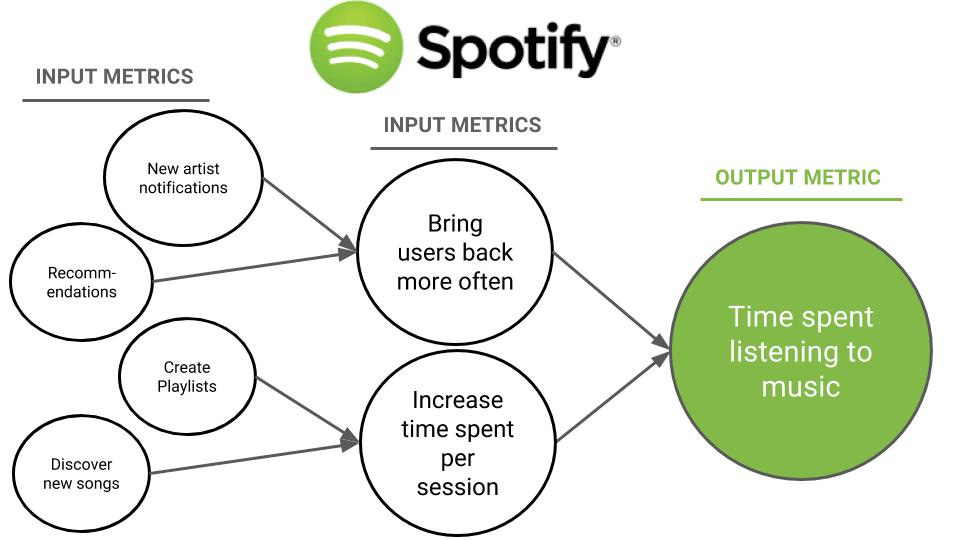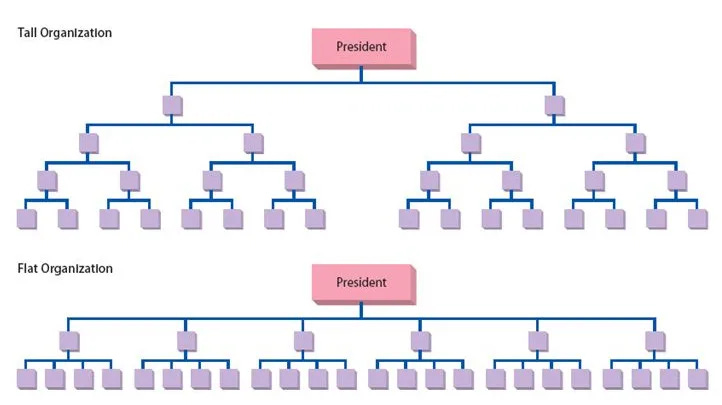Leadership Through Transparency and Buy In
Want to first take a minute to say a prayer for our troops and allies on the ground in Ukraine. The Russian threat is very real and despite already transpiring conflicts, could easily suck the US and the rest of the world into a fight much uglier than the destruction and loss of civilian lives we’ve already seen.
It’s time like these that remind us why we serve. To protect.
Protect freedoms of our country, but also of those that need and rely on our support.
Find a way to get involved. Red Cross is a good place to start.
Podcast Episode 8 - Nate Lenahan
High Impact Segment 38:00 - 52:00
Leadership is a subject easy to talk about but difficult to implement. Why? It’s a flashy. People who want to be thought leaders flaunt this all the time. How many stupid inspirational photos or quotes do you see on executives walls? A lot right. This is a ridiculous one.
What the hell does that even mean?! Give me some meat!
The problem when talking about leadership is everyone wants to talk strategy, not tactics. Strategy is high level whereas tactics are the individual steps taken to accomplish the strategy.
I think about leadership tactics in four step process.
You need a qualified person with the vision and direction
They need to communicate the vision effectively to the team
The team needs to understand buy in to the vision
Team needs to execute and adapt to changing conditions
Thats a lot of variables to control. Nate hits on the two most important elements in this conversation.
“Connecting with your people, giving them clarity is one of the most important things you can do.”
If you listened to this entire recording, you can tell Nate is very straight forward. Nate talks in this segment about that openness with his team. He mentioned that if people asked a question and he was legally allowed to answer, he would answer it truthfully even if that meant that person’s job was on the line. That may be difficult in some settings, but generally knowing more is better.
When looking at the military as an organization, this was a major problem. I remember so many instances where we’d have to work a weekend or even have a day off, but somehow never know until the day before. Uncertainty eats people up inside. If you, as a leader, have the ability to quell that fear by letting them know what’s happening, you absolutely should.
North Star
The second item Nate talked about was creating a north star.
“I wanted one goal. I wanted one goal that everybody knew about and they knew their contribution to it.”
In larger organizations, you are bombarded with goals and initiatives. “We want to increase product awareness, but also need better previous customer follow up. And oh by the way we want to talk about our sustainability.” No No No.
Those things are important, but not to the people making business decisions every day. Nate’s message to his employees could be summed in a hashtag, #86%. This represented the occupancy they needed to achieve at WeWork in order to be cashflow positive. Something that short and simple is something everybody can know and keep on the top of their minds.
It’s particularly important to have a concise goal when confronted with problems. Why? Because when a problem arises, your possible actions narrow themselves down to a a select few. North star metrics guide that decision naturally.
This happened and we have to decide between Option A and Option B.
Which moves us closer to the 86% goal?
Option A.
Perfect, that’s the answer.
Take a look at Spotify. As an audio streaming platform, their north star metric is more time spent listened to music. From there, you can work backwards to see what inputs influence the end result.
Lastly, the north star approach will tell you how well you know if your business. If improving the north star metric doesn’t improve business results, that’s not your north star and you need to go another direction.
Speaking of measuring business results…
How do you quantify when your boss told you your yearly target goals or the encouragement you felt when they stayed late at work to finish a massive project you were overwhelmed with? I’m not entirely sure to be honest, but I do know a place to start.
I recently finished a book called The Outsiders. No, not the Ponyboy outsiders. There is another book which briefly details the life of eight unconventional CEOs and how their capital allocation decisions within their business led to extraordinary shareholder returns. The eight examples make a compelling argument for why business results (and subsequently shareholder returns) are a great proxy for measuring leadership.
One of the consistent actions amongst all the outsider CEOs is the idea of decentralization. Organizations that are extremely bureaucratic and top heavy don’t make better decisions because they’re disconnected from the business operations.
The job of the CEO is to manage the strategic outlook for the company and capital allocation while the day to day business operations are best left for the boots on ground managers working through the problems.
Grow Out not Up
To do this, businesses need a change in organizational structure from tall to wide. This pushes authority downstream and enables lower level managers that are closer to the problems to implement solutions. Look at the differences in the two structures.
A VP (under the president in tall org and likely not useful position) is too far away from the problem to know them intimately. By widening the structure, employees make more effective decisions, they feel empowered by having the authority to make those decision, and therefore feel more connected with the business because of it.
Understanding how leadership incentivizes an organization and employees has always been something that has interested me. In the interview with Nate, I went on to talk about how Sam Walton, the founder of Walmart, led his organization. I wrote the following post about his leadership in one of my first newsletters.
Sam believed that Walmart couldn’t operate without the full commitment from its employees. Walmart gained this in two ways. The first is by offering transparency. Most large corporations are secretive about sales numbers, inventory, and metrics. Walmart provides every sales detail to its employees. While posing a small risk, Sam argued that the employees should know the goals they are collectively working to achieve. This creates a sense of teamwork and unity. The second way is through offering a generous stock ownership plan. When an employee is part owner of the business, the correlation between their hours worked and fate of the company are more closely tied. Employees bought into the mission and vision of the organization work and show up for more than just a paycheck.
Lesson: Align the incentives of your team with the incentives of the business. If your people come to work just for the paycheck, you won’t succeed long term.
My Takeaways
Doing this podcast has made clear to me something I already believed, but had trouble articulating.
Military members are all taught the necessary skills to become fantastic business operators.
As a sneak preview, on the podcast we’re going to do a deep dive on famous business leaders that were prior military. People’s service is mentioned in documentaries, but it deserves to be more than just a mention.
Here are a few CEOs in the business world that served and you may have heard of…
Sam Walton - Walmart
Carl Icahn - Icahn Enterprises
Dan Burke - Johnson and Johnson
Willis Johnson - Copart
Stay tuned for that.
This Week on the Podcast
We have Frank Scappaticci and John Plumstead of Grayline Invesments. Frank and John are full time real estate investors. Tim and I speak with them about how they got their start in real estate, why buying a business is one of the best options available to veterans, and their plans to purchase 20 million dollars of self storage this year.
You can check out them and their business on their website.
A Cool Resource
During this episode, Nate referenced a new company, Veterati. Veterati is an on demand veteran mentorship platform that connects people for free. On the website you fill out a resume-esque profile with a few sentences about yourself, background, and qualifications. You may opt to be a ‘mentor’ or a ‘mentee’, or both.
From the mentee position, you are shown a list of mentors where a call can be scheduled, at the mentor’s convenience, to speak with them about whatever is on their mind. As the mentor, based on your availability, you get a text message when someone wants to speak with you where you accept or decline. When the time of the meeting comes, an automated system gets both of you on the line and facilitates the call. Cool huh?
We aren’t affiliated with Veterati in anyway (I’m trying to get the founder Daniel Rau to come on the show - Daniel, we want to hear from you), but I wanted to take a minute to talk about my great experience on the platform so far.
I signed up as a mentor and in the last month have had the opportunity with connect with 3 fantastic mentees from a variety of backgrounds. Two are still in the service and were interested in the schooling I did and wanted to get my take on how the same schooling might impact them. The other was another veteran looking to network and be plugged in. Veterati enabled this seamlessly.
I think I can speak for many active duty and veterans sense of uncertainty at times. The path forward isn’t always clear and you often just wish to talk to someone a few steps further ahead than you and ask for advice, some career dos and don’ts, or maybe just a friend. This is a fantastic way to receive that, but also give if you’re in the position to do that.
I’d highly recommend checking out the website. It’s free. No obligations. You set the time and schedule for calls. It’s the perfect way to get connected or give back. Here’s the website one more time - Veterati.
Parting Thoughts
Our goal is to get this to provide valuable, actionable content targeted at current and former military members. We do this for free with one ask:
If you found something valuable here, send it to someone.
If you didn’t find anything valuable, reply to this and tell me it sucked so we can do better.
Stay vigilant.
-SC







